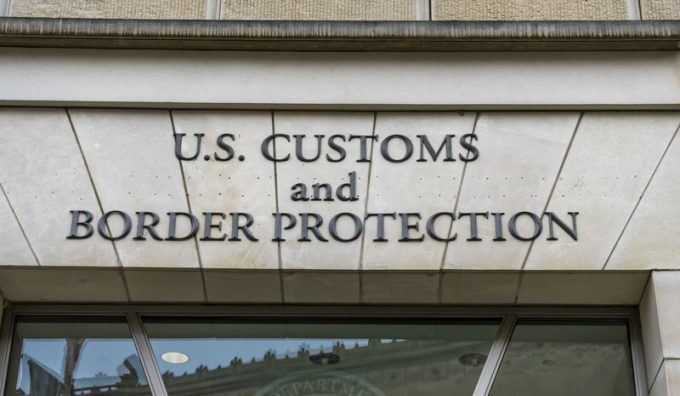Seko targets a slice of integrator market with launch of e-commerce unit
Seko Logistics is launching an e-commerce business unit to “lean into the integrators’ world” and ...

Shipments of smartphones, flat panel displays and health and safety equipment could be stuck in customs come 1 January if shippers have not made the requisite changes in Harmonised System (HS) codes.
The turn of the year brings the latest round of changes in the HS, ...

Comment on this article